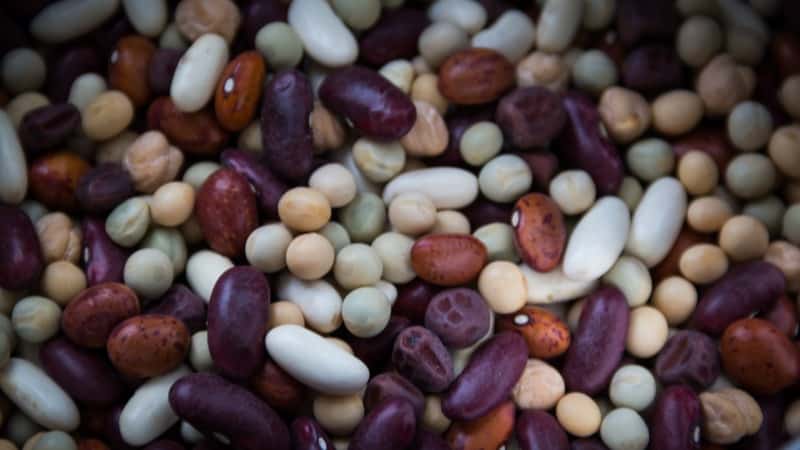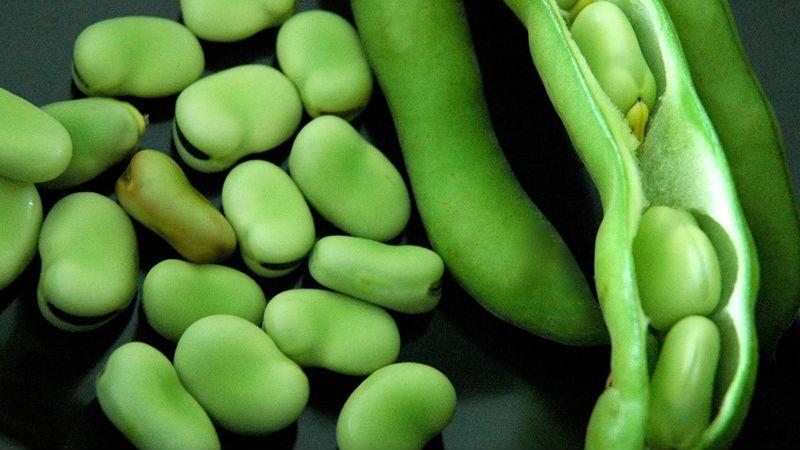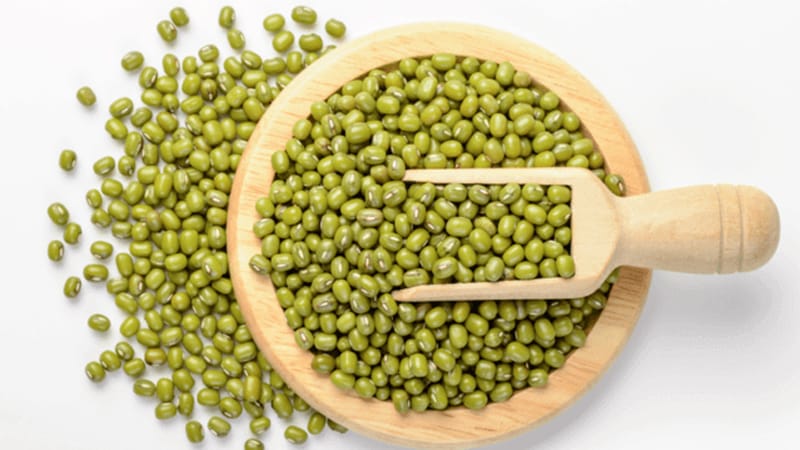What are beans and how are they different from kidney beans?
In translated literature and foreign films there is often a mention of beans. They are bought, cooked, eaten, and added to other dishes. In the vast majority of cases, we are talking about common beans, but sometimes we actually mean the fruits of a plant called the common bean.
Why is there such confusion about what beans are, how they differ from beans, whether they are vegetables or fruits - read the article.
What are beans

First, let's define what is meant by this word.
It all depends on the context. There are three options:
- name of the fruit;
- relation to the botanical family;
- plant.
Reference. You can't call a bean a pod. These are different concepts.
Here's what the beans look like - photo of the plant.

Like fruits
This is the fruit of a plant of the legume family, consisting of two closed valves, inside of which there are seeds. They are attached to the bottom seam using seeds. Their shape can be different: short and long, straight and curved, twisted into a spiral and 4-sided with wavy wings.
From a botanical point of view, beans differ from pods in that the latter have an internal partition. And legume seeds are attached to it, and not to the doors.
Ripe fruits dry out, burst, and the seeds spill out onto the ground. But in some plants they do not open. But peanuts generally develop and ripen in the soil.
Like a family
The legume family is very large and includes plants from grass to trees. It includes beans, peas and Russian beans, but the whole list is much more extensive:
- soybeans;
- chickpeas;
- lupine;
- acacia;
- lentils;
- wisteria;
- Vika;
- alfalfa;
- sweet clover;
- clover;
- mimosa;
- acacia;
- and some other exotic plants.
These are food, fodder, ornamental plants, honey plants and even trees (for example, amaranth, doussia, merbau).
The additional value of representatives of this family lies in the ability to increase the fertility of even the poorest soils by enriching them with nitrogen. Legume symbionts are responsible for this - nodule bacteria that settle on the roots of these plants and bind atmospheric inorganic nitrogen, converting it into organic matter.
Reference. Legumes are used intensively throughout the world in agriculture and industry.
We only eat legume seeds (the exception is the asparagus form, which uses the stem). Of the seeds we are used to, lentils have the smallest seeds, Russian beans have the largest.

Seeds vary in shape, size and color:
- lentils - small flattened, green, brownish, yellow, orange;
- peas, chickpeas, soybeans - round, green, yellow;
- beans - oblong, have the richest range of colors - white, yellow, brown, red, black, speckled, two-color;
- garden beans - wide, flattened and large, green, light brown, purple, almost black.
Like a plant
These fruits are called ordinary, garden, Russian and horse.
In agriculture they are divided into fodder and vegetable. The former are more productive than the latter.
By the way! The State Register includes 16 vegetable and 14 fodder varieties.
Plants reach a height of 0.5 to 1.5 m. The flowers are located in the axils of the leaves. This is where the fruits are formed.
Common beans are one of the most ancient crops on Earth. They were grown in Ancient Egypt, Ancient Greece, and throughout the Mediterranean. They are not found in the wild.
In Russia, this plant has been cultivated for more than 1000 years. It grows in almost all climatic zones, except the Far North.
What are beans?

There are several classifications of plants according to various characteristics, so it is difficult to say for sure whether legumes are vegetables or not.
“Vegetables” and “fruits” are definitions not from scientific botany, but from everyday life. So, in the scientific understanding, acacia, beans and sweet peas are close relatives, but at the everyday level they are plants of different orders. For an ordinary person, the first is a tree, the second is a vegetable, and the third is a flower.
According to the agricultural classification, legumes belong to vegetable or leguminous crops.
By the way! From a botanical point of view, the same plant can belong to different categories in agriculture. For example, beans and peas, which are collected in a ripe state, are legumes, and green beans and peas, collected in waxy ripeness for preservation, are vegetables.
In cooking, these crops are classified as vegetables.
Are beans and beans the same thing?
Few people know the difference between beans and beans. When talking about it, you can use the word “beans” if you mean belonging to a common family. It is also acceptable to use the phrase “beans” when talking about the fruits of this plant. But the word “bean” cannot be combined with a plant called common bean.
Although these two cultures belong to the same family, they are relatives, rather “cousins”.Beans are a genus-forming plant, but ordinary beans belong to the genus peas, or vetch.
Important! Peas and sweet peas are different types of plants. However, "green peas" are traditionally referred to as canned peas.
Where do beans grow?

The homeland of this plant is considered to be the Mediterranean, but it is also successfully grown in more northern regions. In Russia for a long time it was one of the main agricultural crops. But over time, it was replaced by potatoes and beans as more productive and faster ripening plants.
Today, the main attention to vegetable beans is shown by owners of summer cottages and personal plots. Few of them are grown on an industrial scale. But every year the agricultural area under this crop is gradually increasing.
Russian beans grow in different climatic conditions, and there are also zoned varieties for colder climates. The best temperature for fruit setting is considered to be +25°C; at higher temperatures they do not ripen and the ovaries fall off.
Conclusion
Common beans and beans are different plants. They have common features, but there are also many differences. Unfortunately, there are practically no beans in our diet, yet they are tasty, nutritious and very healthy vegetables. You can correct the situation by starting to grow this crop yourself in your summer cottages and gardens.